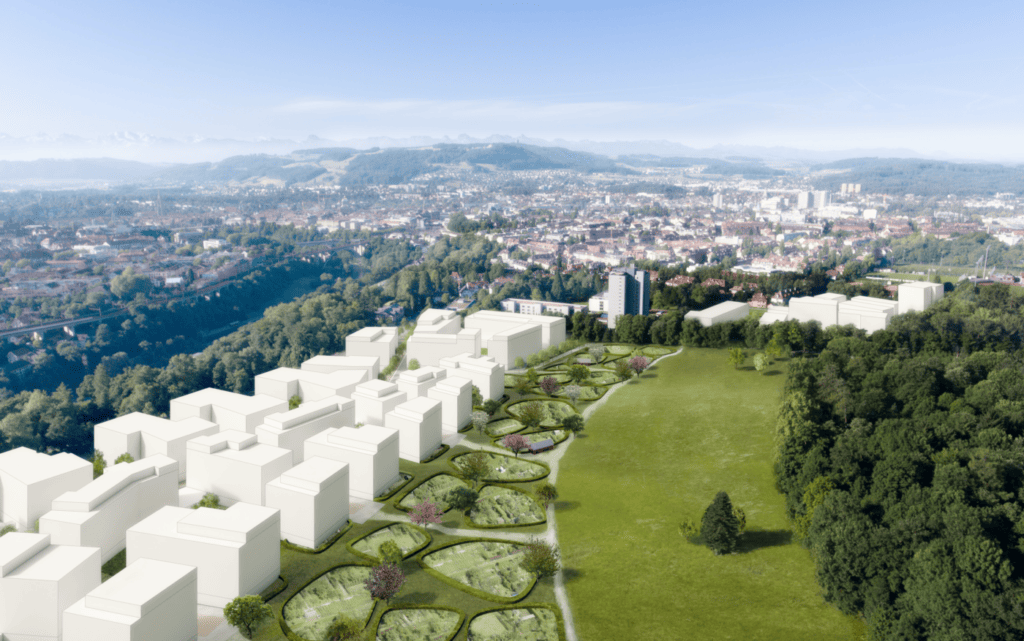Bern: start of construction for new district delayed
According to the new timetable for the Viererfeld district, which will one day be home to 3,000 people, actual residential construction will begin two and a half years later than previously planned. The city says that the planning is innovative and very complex.

The city of Bern has presented a new timetable for the realization of the Viererfeld/Mittelfeld district. According to this, the earliest possible start of construction for the first stage with apartment buildings will be delayed by two and a half years to 2030.
Development from 2027 onwards
According to a press release, the new construction schedule is based on findings from the project planning for the district. The start of construction for the site development is planned for mid-2027 and for the access facilities at the end of 2029. Construction of the residential buildings in stage 1 will not start until 2030. According to the city, the delay is due to "the ambitious, innovative development of this new urban quarter and the highly complex framework conditions". It expects the first apartments to be ready from 2032. The previous schedule dates back to 2022.
In March 2023, the major project took a major step forward when voters approved the proposal for the municipal commitment credits by 64 %. In June 2023, they approved the transfer of land under building rights by around 76 %. The project planning work then began, including the awarding of contracts to additional planning teams, the development of the conceptual project planning principles and the preparation of the construction schedule.
Aiming for climate-resilient solutions
One of the goals in the development of the district is climate resilience. To this end, new solutions are to be developed, for example in water management and retention. "With these innovations, valuable insights can be gained for future-oriented development projects," writes the city. The size of the site poses "technical challenges, as the development facilities have to be planned as a whole but implemented in stages". At the same time, as the project planning progressed, it became increasingly clear "that parallel project planning phases would entail high cost risks". The complexity of the project with numerous sub-projects and parties involved "leads to a high coordination effort and correspondingly higher time requirements." (aw)









